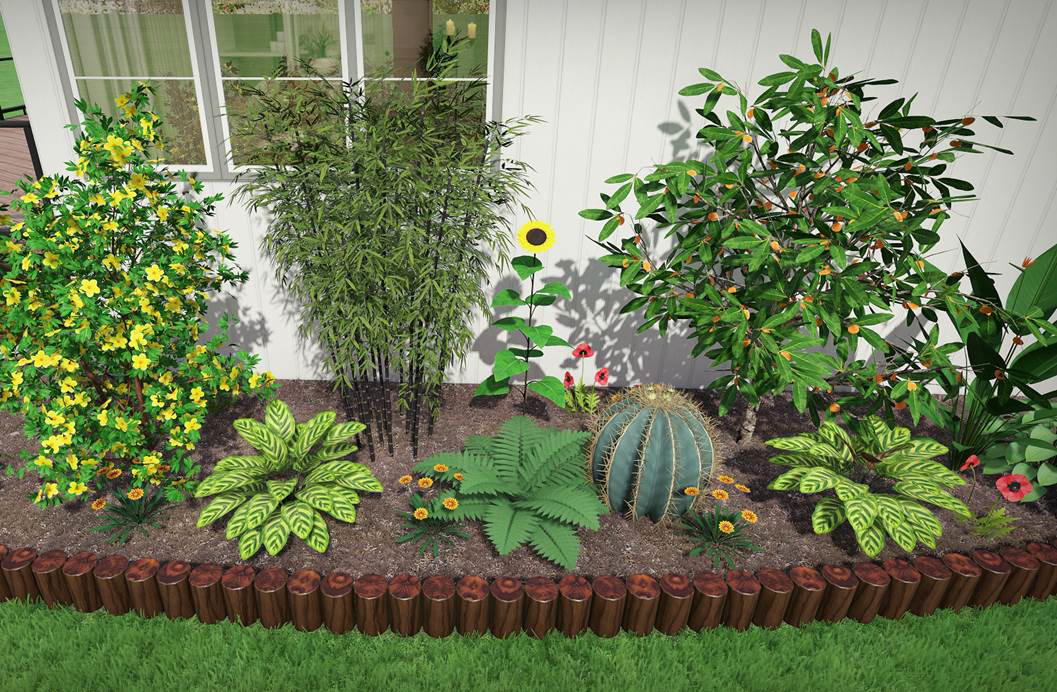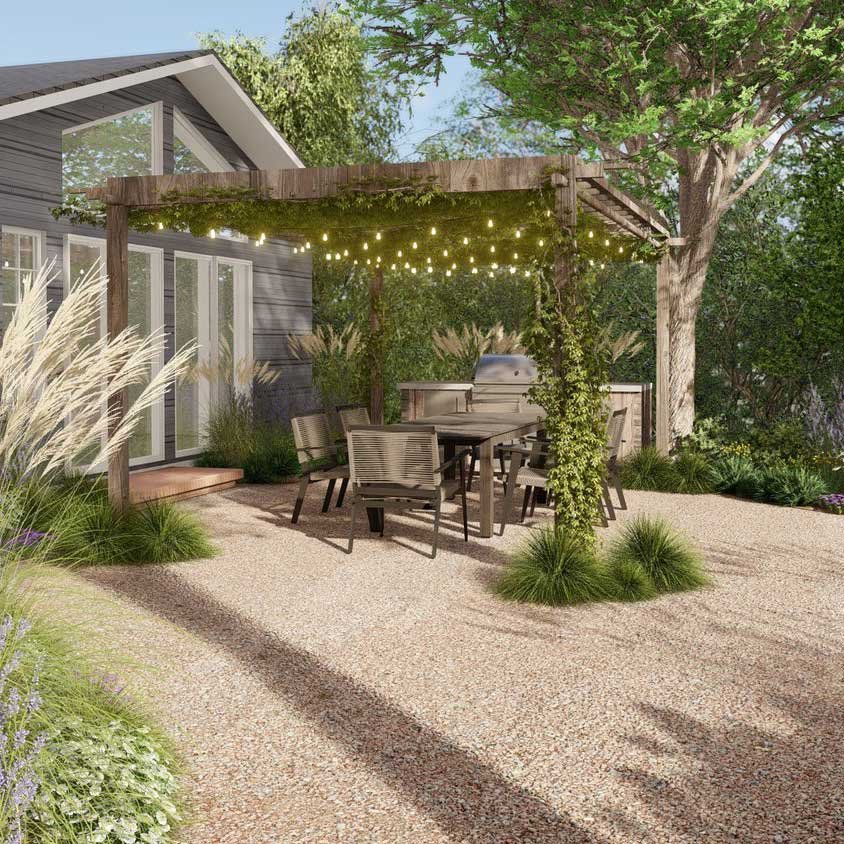Getting The Landscapers To Work
Getting The Landscapers To Work
Blog Article
The 8-Second Trick For Landscapers
Table of ContentsRumored Buzz on LandscapersLandscapers Can Be Fun For AnyoneThe Landscapers PDFsThe 10-Minute Rule for LandscapersThe Best Strategy To Use For Landscapers
- A tree or shrub (bush) that sheds its fallen leaves in wintertime. In the PNW there are semi-deciduous or semi-evergreen plants that may shed their leaves depending on just how cold the wintertime is. Abelia and some hebe are examples. Landscapers. - A level celebration space, made of wood or composite product (made to resemble wood), typically surrounding or affixed to a structure.

- Granite that is weathered to the factor that it is an extremely great accumulation. This is an all-natural procedure, and the result can be utilized for paths and patios. Decayed granite is commonly referred to as DG. It is especially valuable in modern-day landscapes. - Secret landscape functions being proposed in a landscape style strategy.
The Main Principles Of Landscapers
These goals lead the style process, not the developer's design or preferences. Usual style purposes in Portland are low upkeep, drought forgiving, and pet pleasant. - Refine for getting rid of or thinning the dead lower level of a mature yard. Thatch is yard that has passed away and collected below the green blades.
Over time this layer can get extremely thick and make it tough for water, sunlight, and nutrients to get to parts of the grass.- The procedure of accumulating and controlling the circulation of water on a residential or commercial property. This can be performed with grading, French drains pipes, completely dry wells, absorptive surface areas, sump pump, rainfall gardens, and extra.
- A sluggish feeding irrigation system that uses flexible tubes and emitters to send an accurate amount of water to each plant. - The ability of a plant to endure without much summertime water.
- A garden feature where water is stood for by an accumulated rock product, typically a crushed rock or granite. These are most commonly located in modern and Japanese yard layout.- A stone or flagstone outdoor patio, path, or pathway developed without a concrete base. The base would be compacted crushed rock and the joints would be an accumulation or walkable ground cover.
Landscapers Fundamentals Explained
- A stone keeping or totally free standing wall surface constructed without the use of mortar. - A below ground structure that collect water and permits it to reduce percolate into the dirt around it.
Landscape style that works with a websites' setting in both appearance and sustainability without unfavorable effects to the setting. Edging in the landscape is a line of demarcation that creates visual interest in the garden by dividing one sector go right here from another sector. This can be aesthetic or functional, keeping one component (such as pea gravel) from getting blended into another (like bark dirt).
Locations can likewise have a sensation of "room" supplied by trees, various other plantings, fencings, or displays. The landscape near the entrance to a structure.
A plant that is not native to the area where it will certainly be planted. Thicker bladed lawn yard that spread out by means of rhizomes.: The degree of soil on your building prior to bark dirt or compost is spread out.
Unknown Facts About Landscapers

The objective, factor, or action that a location is be landscaped for. Stairs work, for example, to permit foot traffic backwards and forwards a slope. Room for expanding plants for viewing, eating, or exercise. A roofed building made use of over an outside celebration space. The growing of a seed, maybe referring to a lawn that is being expanded from seed.
Rock product, either rounded or fractured, that is relatively tiny- normally 1" or less. Reduced plants that are permitted or urged to spread out over an area. Can describe any kind of "hard" garden elements consisting of statuary or stones but a lot of typically is used to describe paths, patios, and walls.: Height distinction between the degree of helpful resources water in a pond (or the degree of the pump if it sits outside the pond) and the upper electrical outlet of water which impacts efficiency of the water pump in gph (gallons per hour). Thick bushes or trees that form a fencing, display, or border.

The 15-Second Trick For Landscapers
An even more relaxed garden controlled by bent as opposed to straight bed lines and a much less stiff structure. Conventional PNW landscapes are casual. A plant that spreads out greater than preferred, or into environments where it does damages. Rose city has a listing of invasive plants that need to not be mounted in landscapes since they can spread out to woodlands or waterways and be challenging to control.
Can consist of head placements and insurance coverage, pipe sizing, GPM specifications, and materials required to install this system. Accredited expert that makes landscapes, coached in engineering and design as well as in horticulture.
Landscape developers typically have much less education than Landscape Architects and are not licensed. A completed landscape layout, detailing all aspects for the brand-new landscape.
A water tight HDPE material used beneath fish ponds, streams and waterfalls in water attributes. Making use of several plantings of the same range to fill up in a location in the landscape.
Report this page